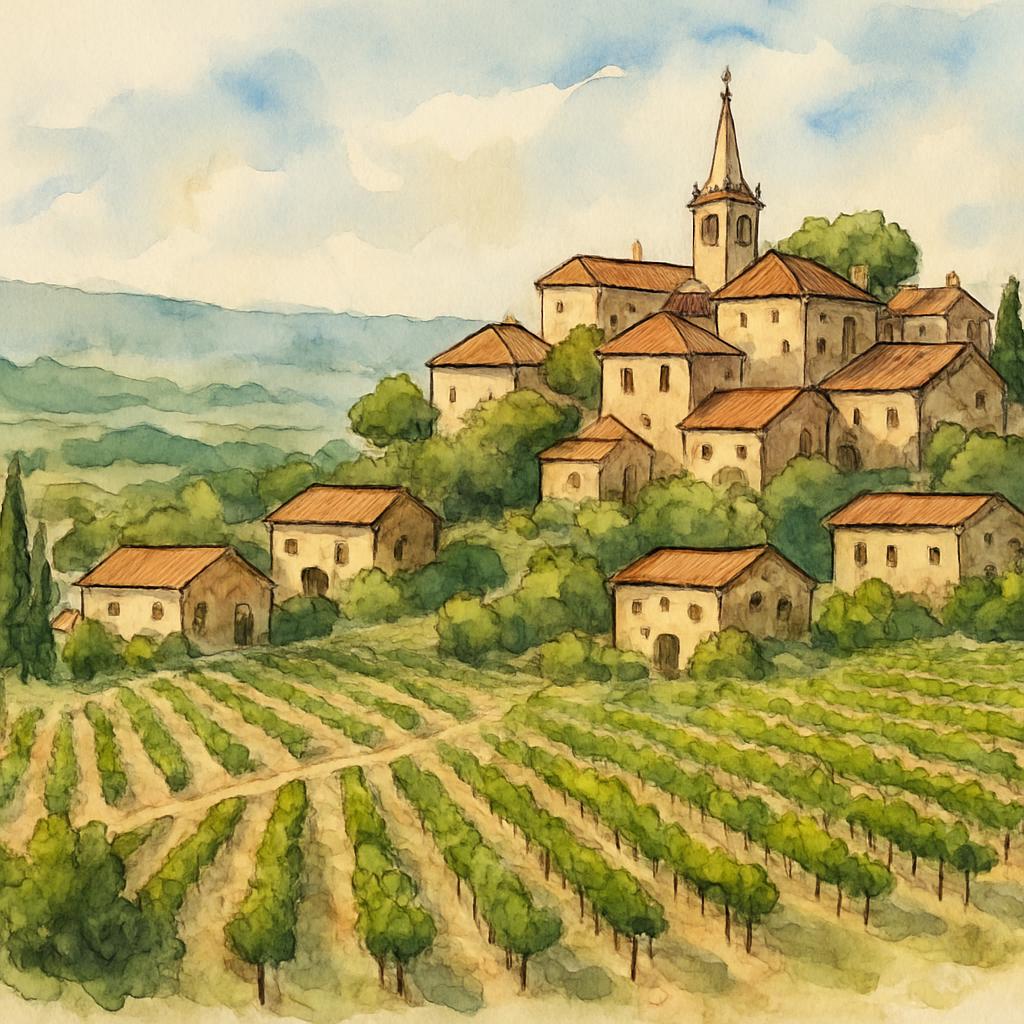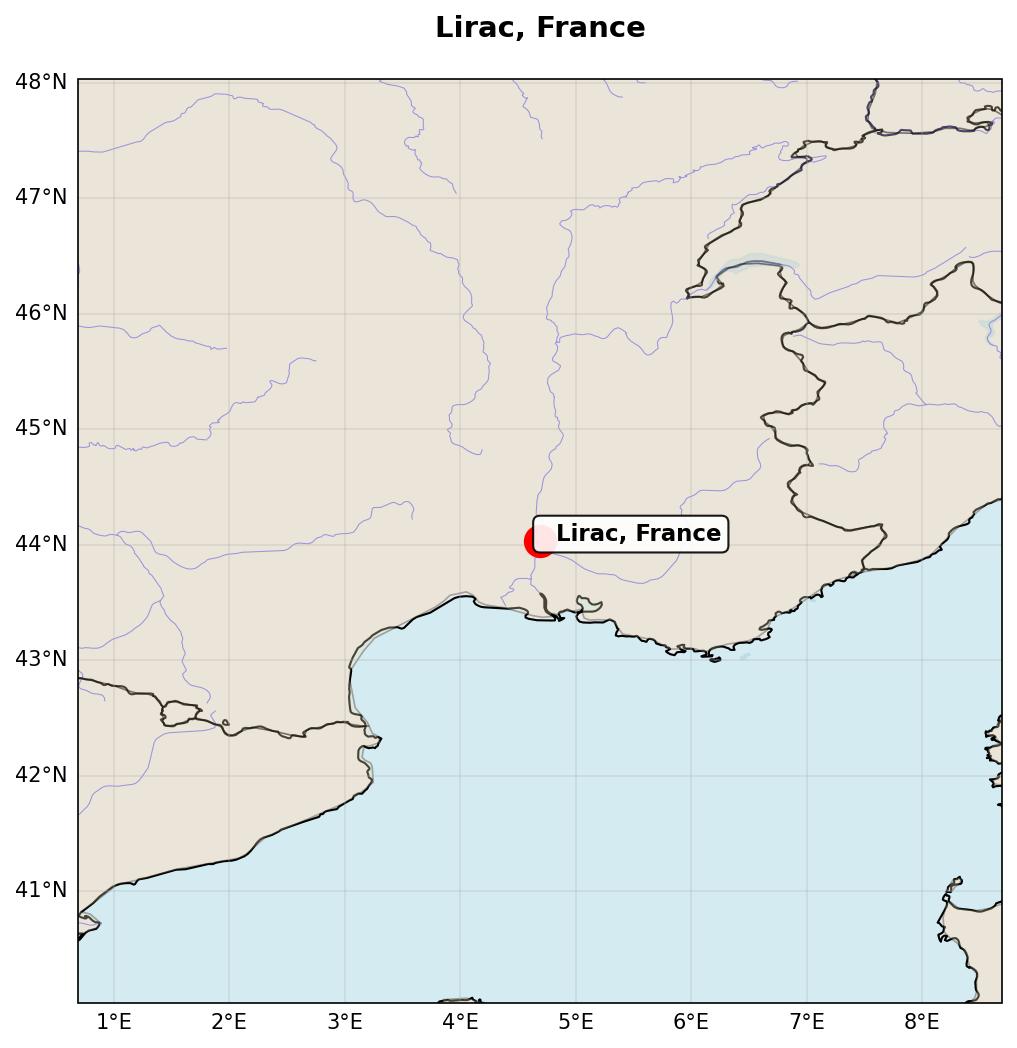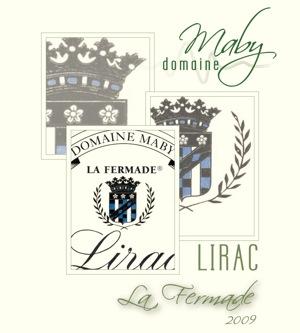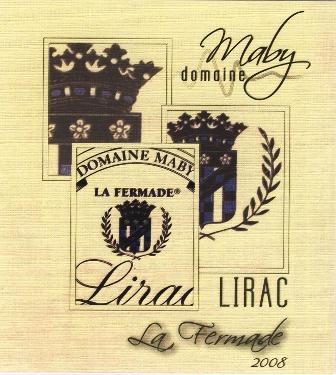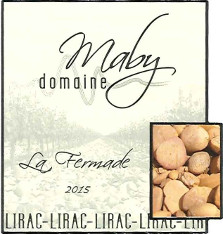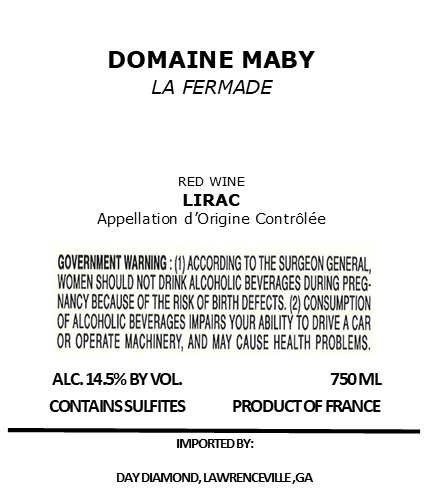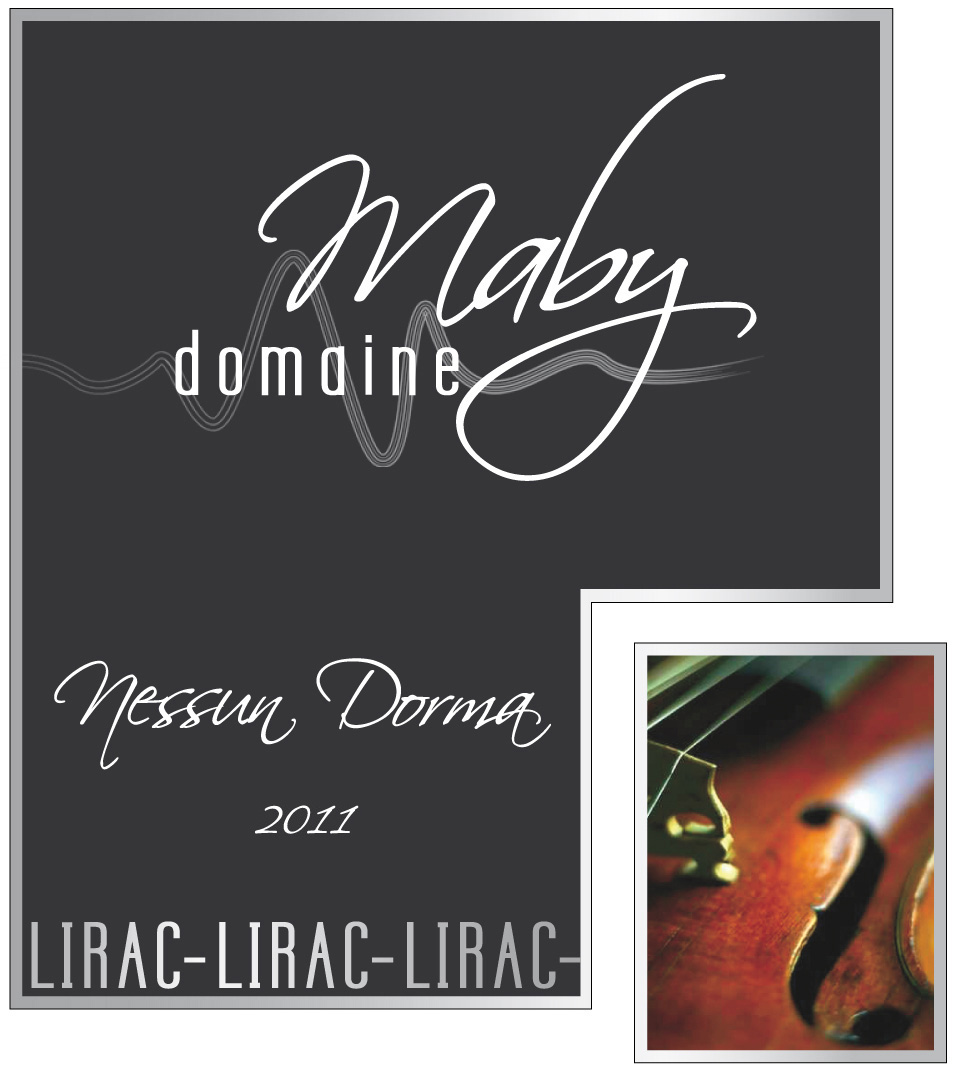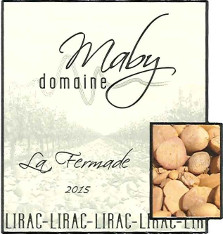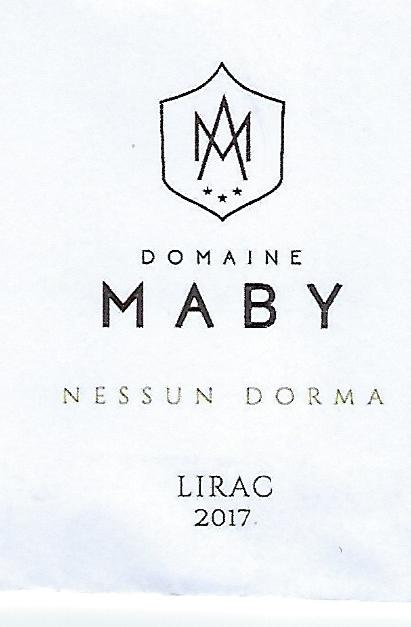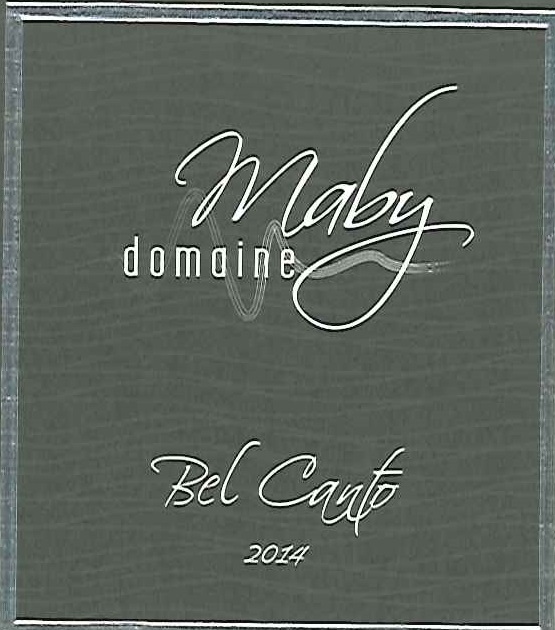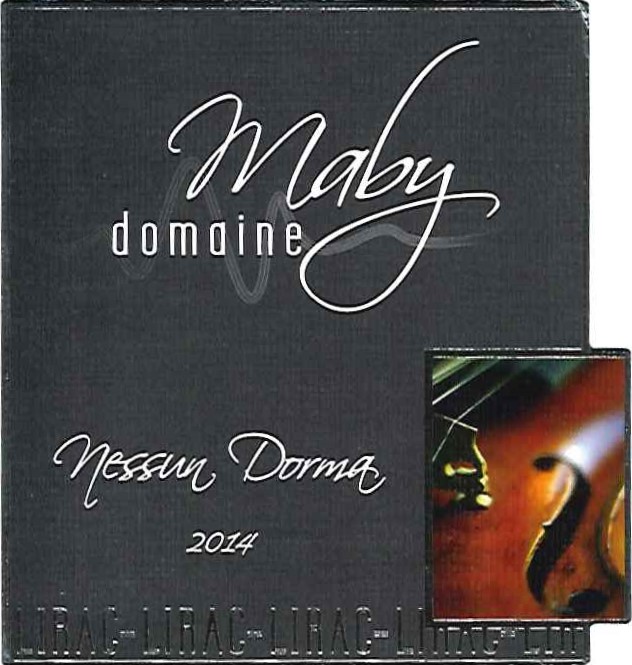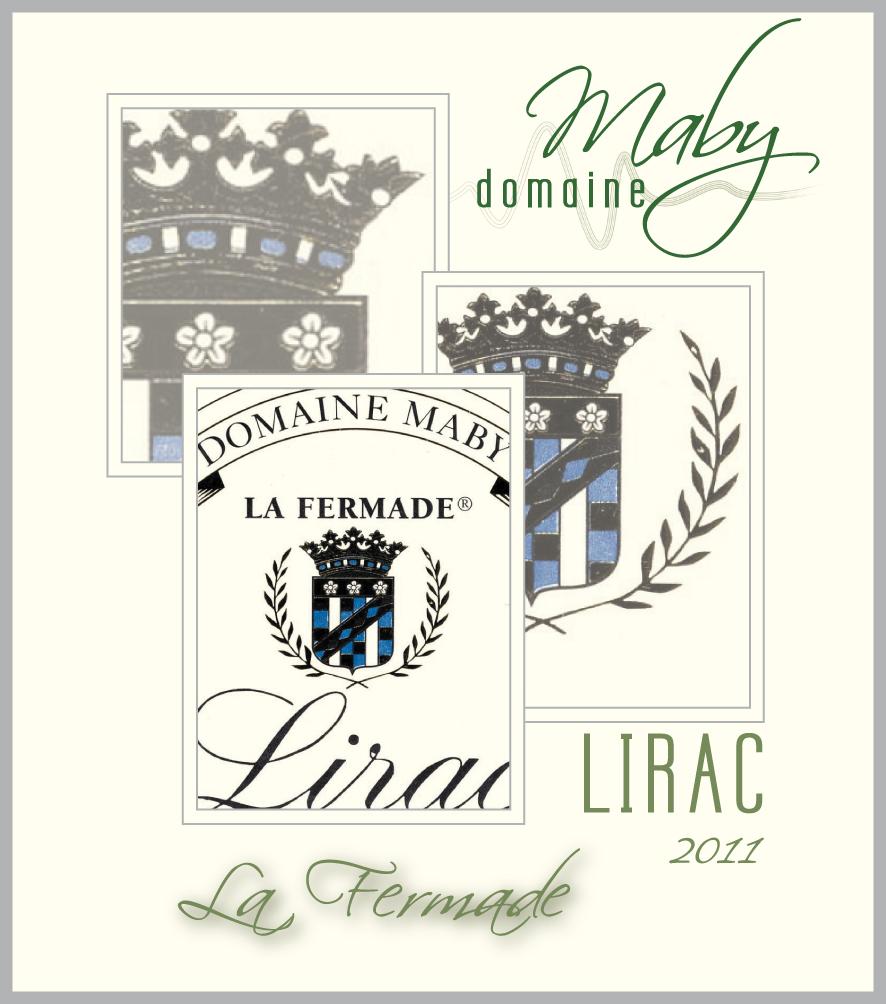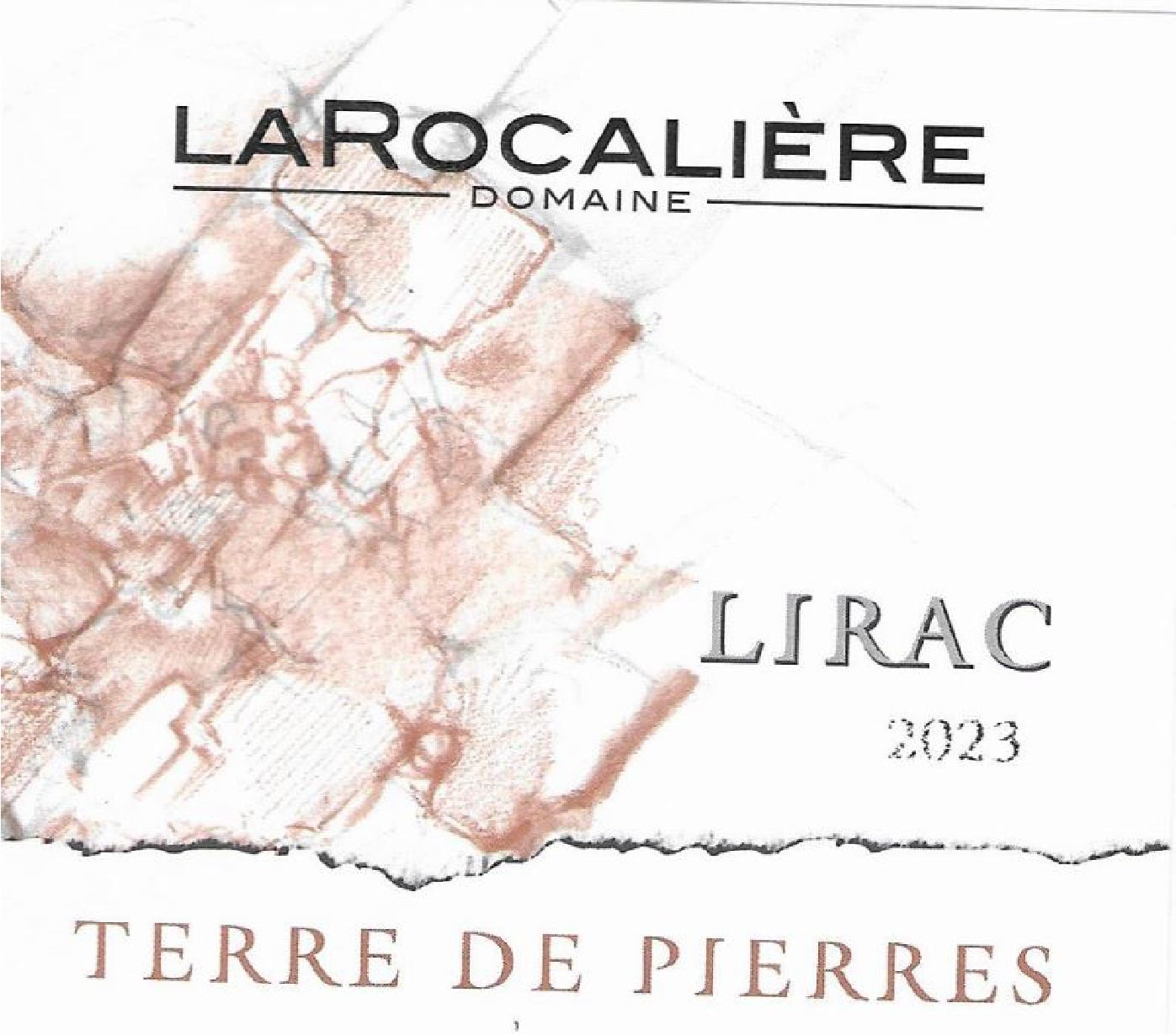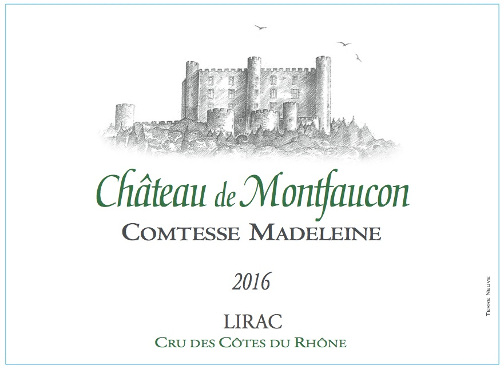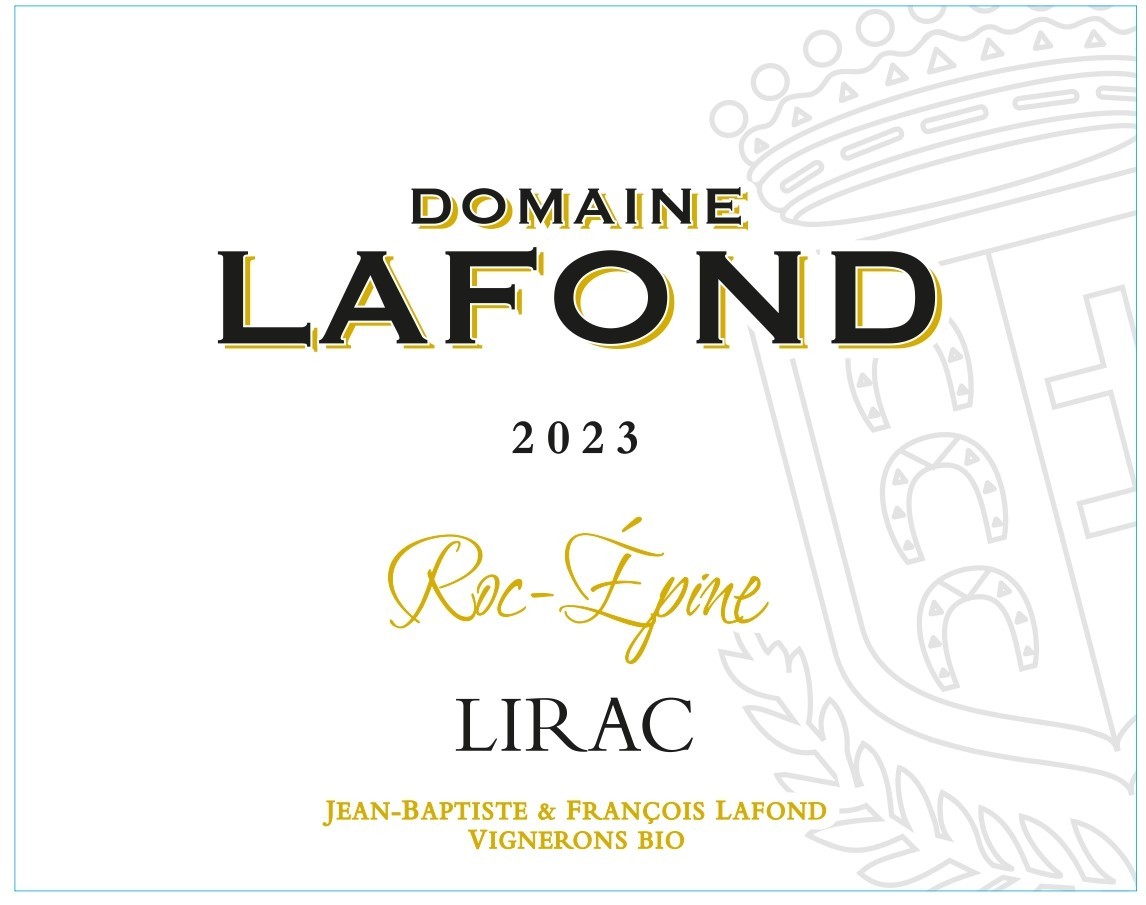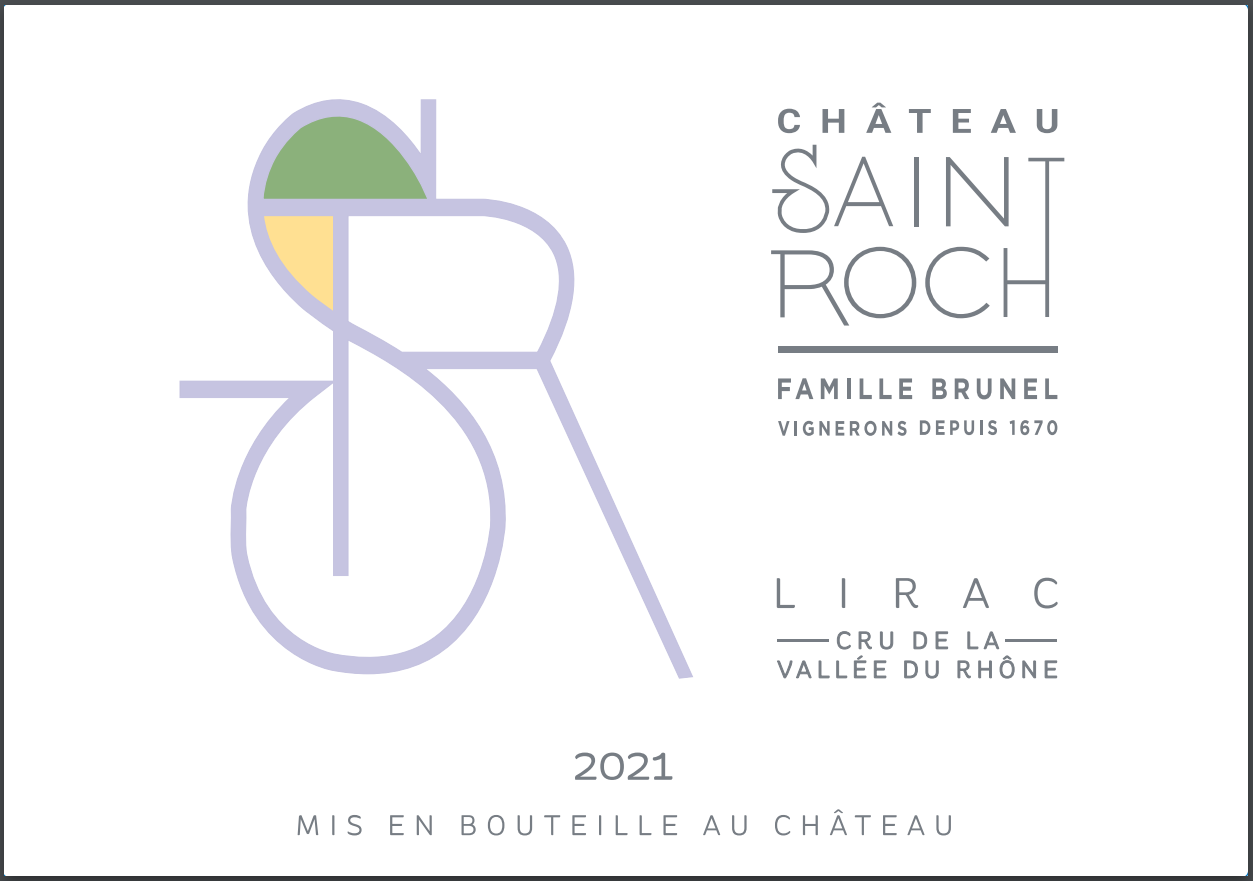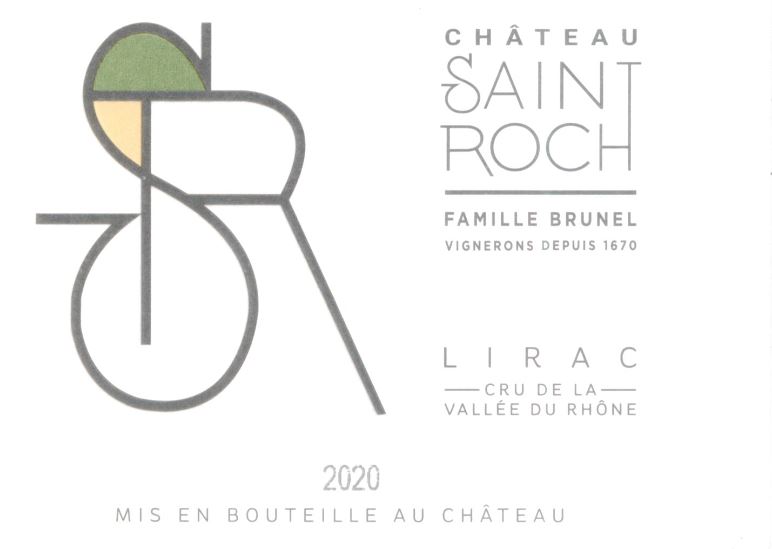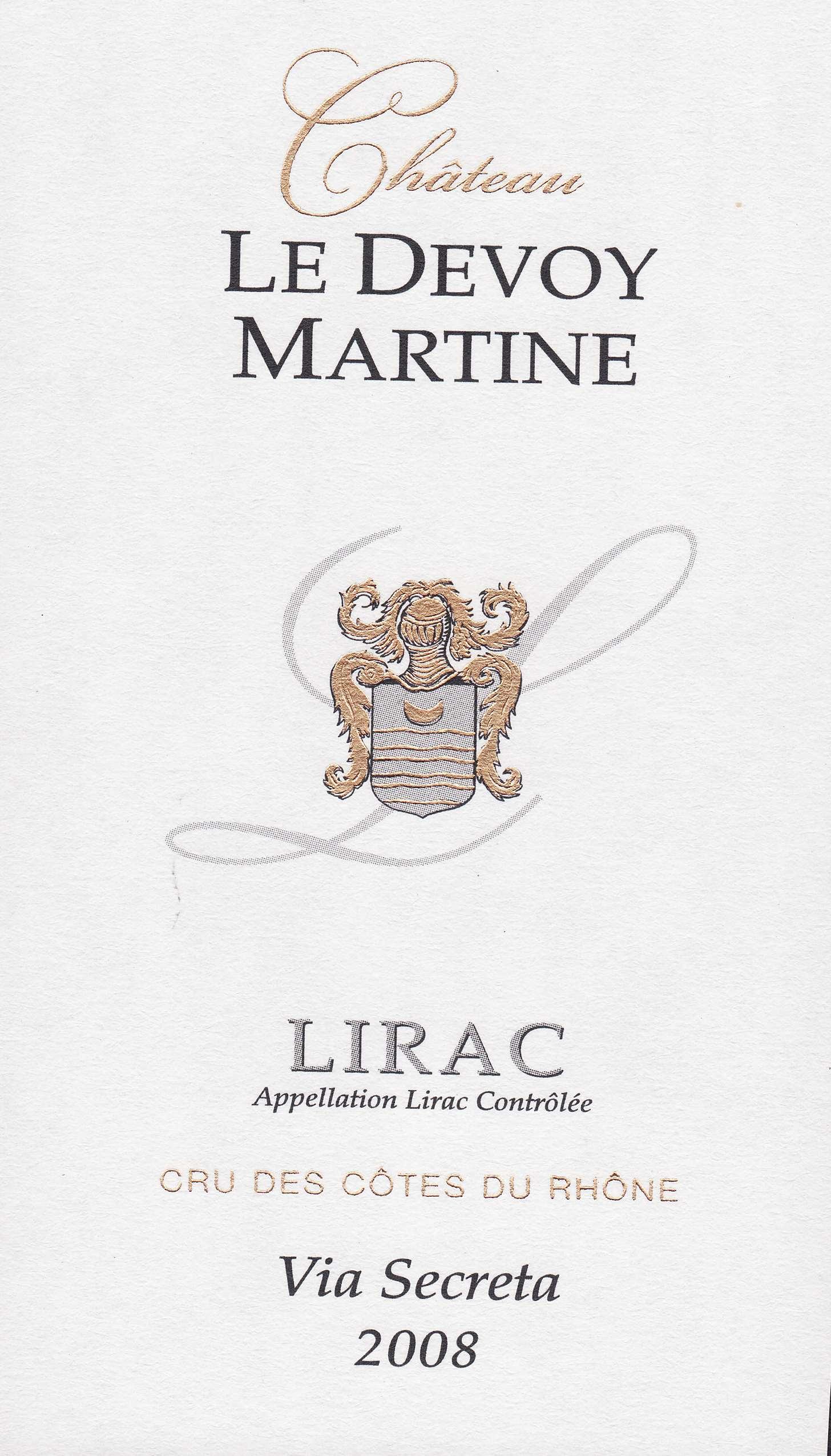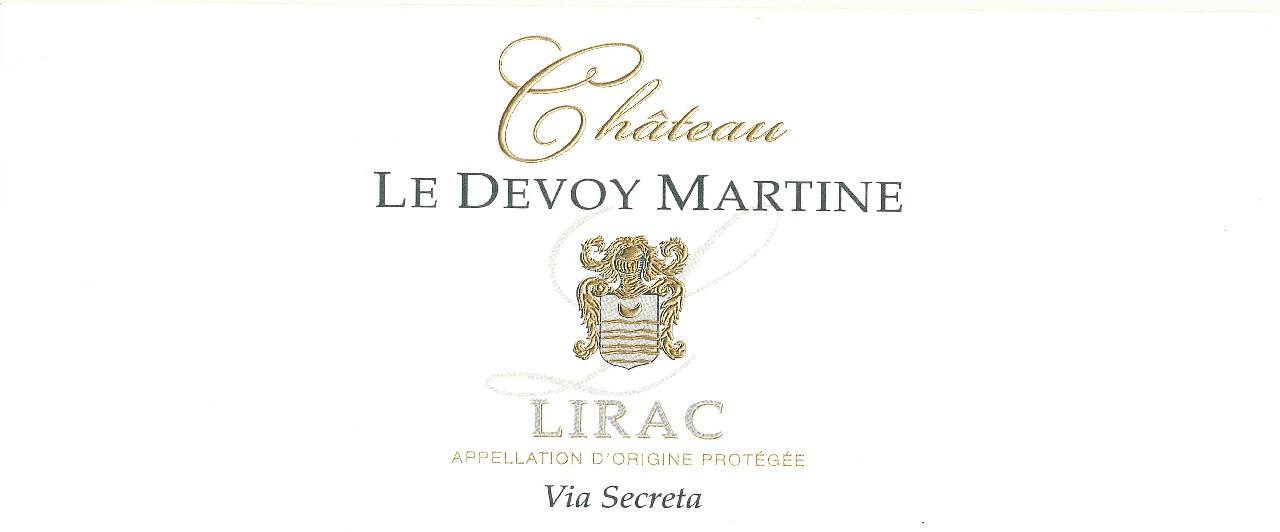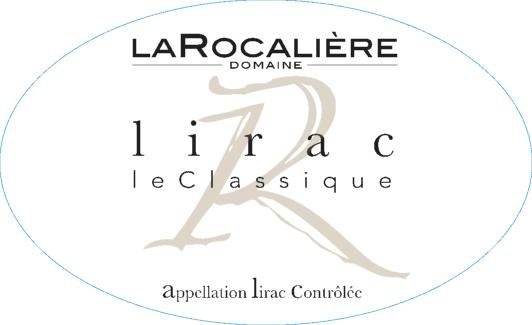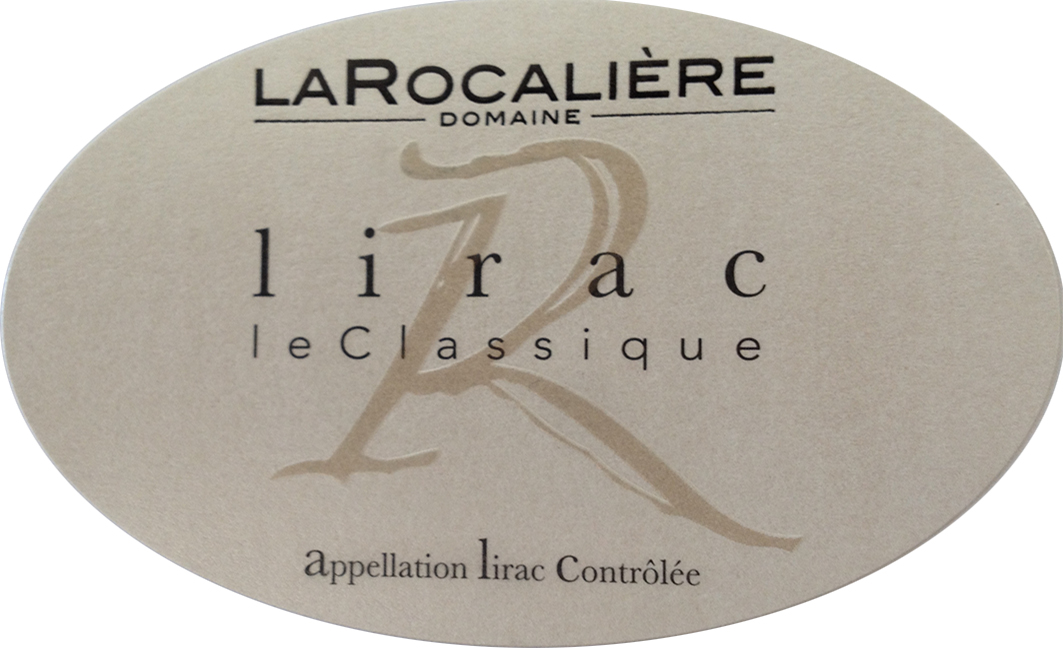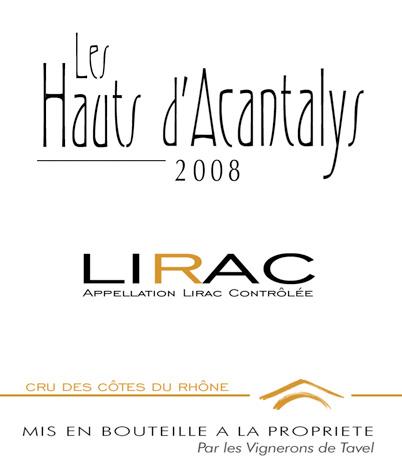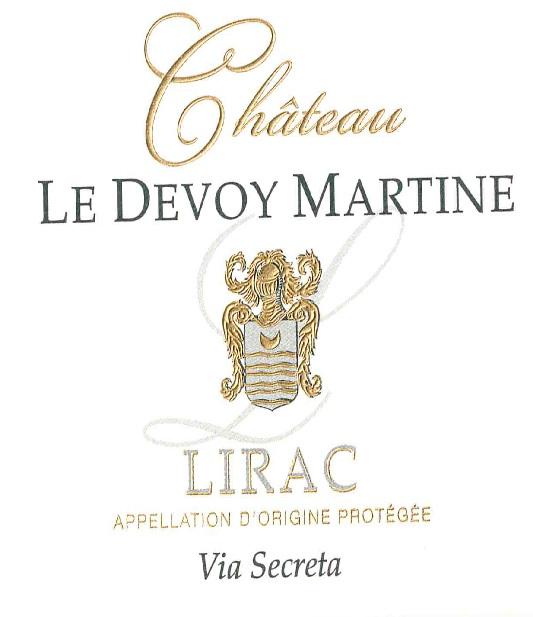Terroir of Lirac
Lirac enjoys a Mediterranean climate, characterized by hot, sunny, and dry summers with minimal rain throughout the year. The cooling Mistral winds provide a natural breeze, essential for healthy vineyards. Diverse soils make up the terroir, with iron-rich red clays and smooth stones on higher terraces. As you move to lower slopes, deeper clay-loams and limestone prevail. Galets roulés, or smooth stones, cover many areas, storing heat by day and releasing it at night.
Olive groves, cherry orchards, and surrounding woods contribute to temperature regulation and biodiversity. This combination of rocky, well-draining soils and a long growing season produces grapes bursting with flavor, bright aromas, and well-balanced acidity. The terroir is particularly suited to the Grenache, Syrah, and Mourvèdre blends that define Lirac’s acclaimed red wines, offering complexity and depth akin to its prestigious neighbors.
Notable Wineries in Lirac
The Lirac region, on the western banks of the Rhône River, is known for its exceptional wine producers. Here are a few standout wineries:
-
Domaine de la Mordorée: Celebrated for its sustainable farming, this estate produces wines like La Dame Rousse and La Reine des Bois, from 50 hectares in Lirac and Tavel.
-
Château Mont-Redon: This historic winery offers classic Grenache-led blends from its Lirac vineyards, known for quality at friendly prices.
-
Alain Jaume (Grand Veneur/Clos de Sixte): The Jaume family is recognized for remarkable Lirac wines, often sourced from old-vine Grenache.
-
Domaine Lafond-Roc-Epine: A family-run estate committed to organic farming, producing highly regarded red and white wines.
-
Château Montfaucon: Famous for its rich, age-worthy blends, with vineyards near Saint-Laurent-des-Arbres.
Sustainable Winemaking in Lirac
Lirac, a historic wine region in Southern Rhône, emphasizes environmental stewardship, viewing vineyards as integral to the broader landscape. Here, grapevines thrive alongside olive groves, cherry orchards, and forests, fostering rich biodiversity. Many vineyards adopt organic or biodynamic farming, employing methods like cover crops and compost, while minimizing synthetic inputs. Natural pest control is preferred, enhancing the vineyard's resilience against climate change.
This collective approach treats vineyards as balanced ecosystems, resulting in healthier vines and simpler winemaking processes. The region's commitment to sustainability supports not only the environment but also the quality and character of its wines, ensuring Lirac remains a respected name in the Rhône Valley.
Wine Tourism in Lirac
Lirac offers an inviting wine tourism experience, blending its rich viticultural heritage with the charm of Southern Rhône. Easily reached from Avignon or Orange, visitors can explore by car, bike, or guided tour.
The region's diverse wineries, from cooperative cellars to family-owned estates, welcome guests for tastings by appointment. Lirac's scenic backroads and the ViaRhôna cycling route provide leisurely access to vineyards, ideal for picnicking under olive trees.
Beyond wine, the area boasts cultural treasures like Avignon’s historic Palais des Papes and the Pont Saint-Bénézet. During late summer, the harvest season brings vibrant festivals and open-cellar events.
Accommodation options range from local B&Bs and gîtes to hotels in neighboring towns, offering a blend of rural peace and urban convenience. This balance of nature, culture, and wine makes Lirac a compelling destination for those interested in exploring the nuances of Rhône Valley wines.
